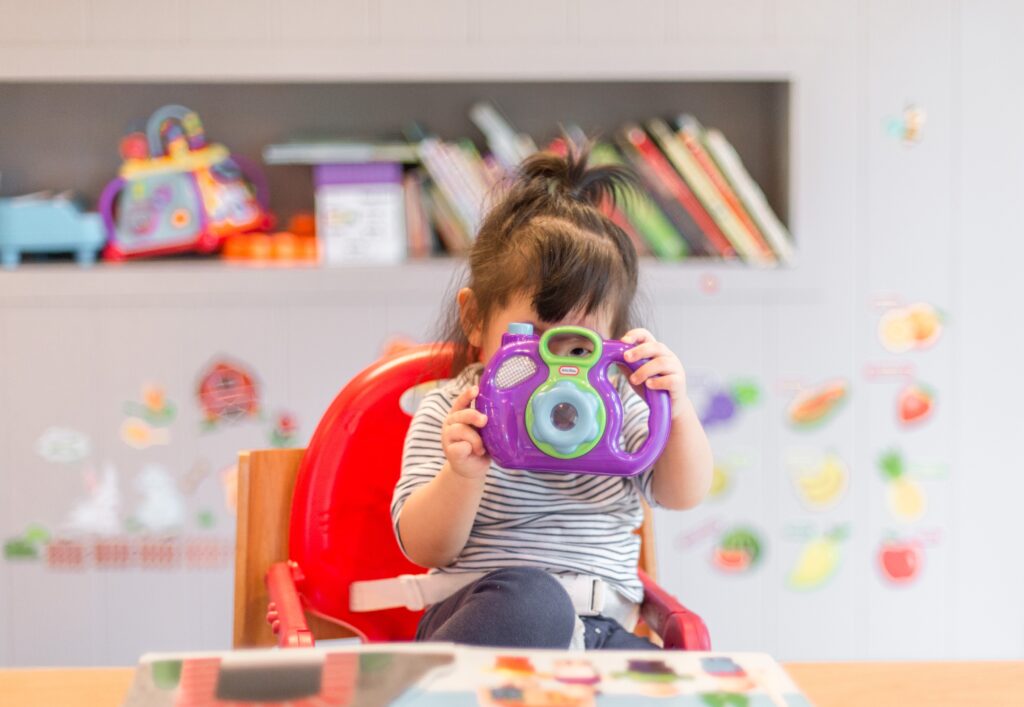
PROMPT is a hands-on technique which a requires a speech pathologist attend specialized
I have used PROMPT therapy to treat speech sound disorders, voice disorders, apraxia and fluency disorders. There
Other Ways PROMPT is used:
- Used to promote air support for children who are working to produce enough air to support early speech sounds
- Used for children who have a general articulation error like an /r/ sound
- PROMPT has been shown to help verbal language for children with no verbal speech at all
PROMPT therapy can be used with many types of communication disorders. It works for some, but not all. Only a trained PROMPT speech-language pathologist can do an assessment, to see if PROMPT is best for your child or family member.
You can search for your local PROMPT trained therapists here.
